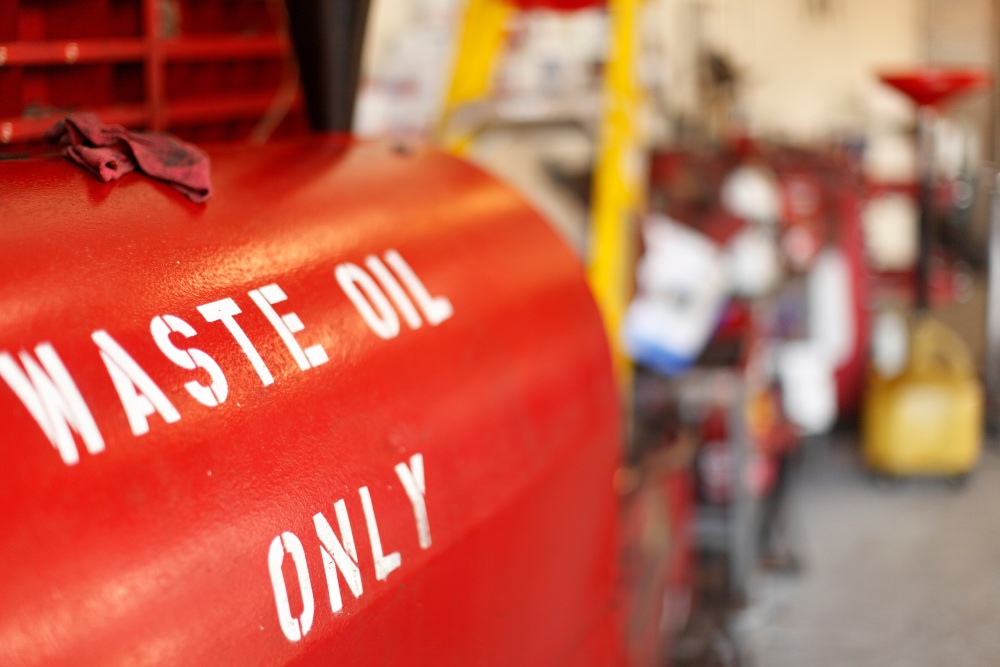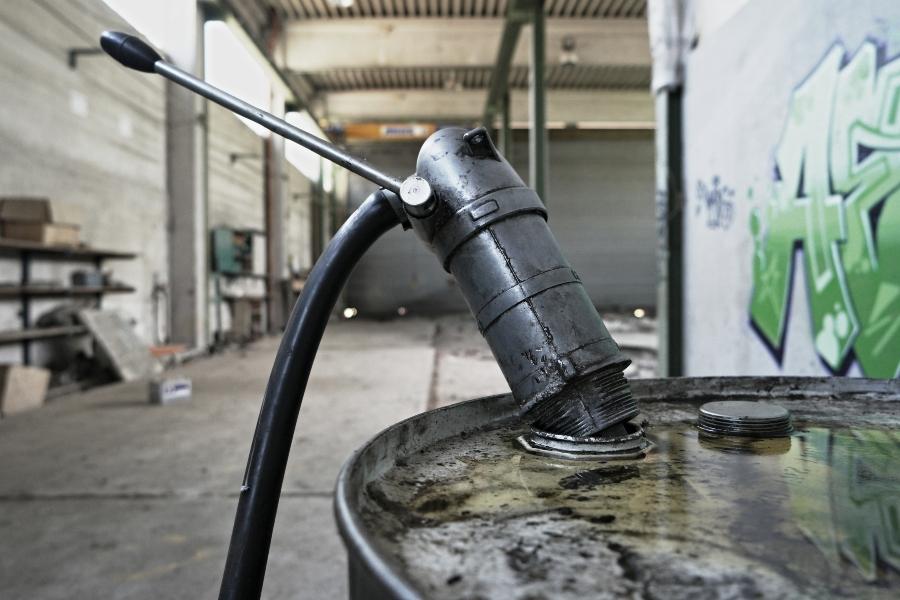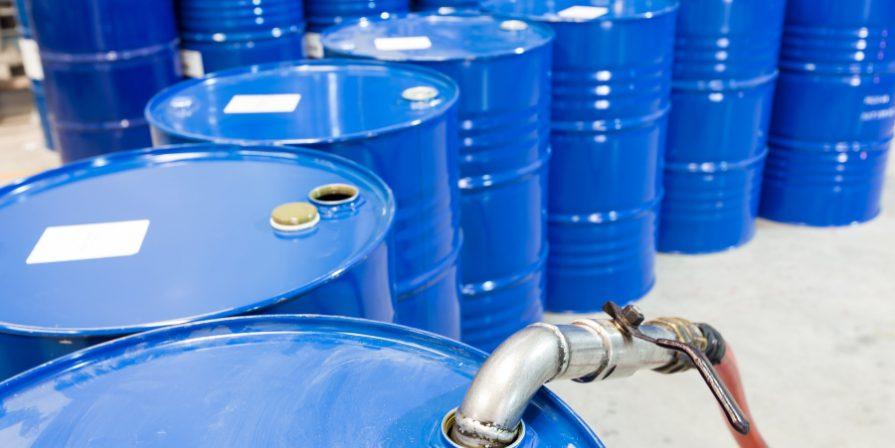Used oil recycling transforms spent lubricants, hydraulic oils, insulating and heat transfer oils into high-quality base oils. It promotes sustainability in two ways: on the one hand, it helps conserve petroleum reserves. On the other hand, modern used oil treatment methods typically result in lower CO2 emissions compared to crude oil refining. U.S. federal and state environmental regulations also give priority to recycling and reprocessing over disposal, similar to how European law defines it.
Sources of Used Oil
The purpose of used oil recycling is to recover base oils from waste mineral-based fluids. Beyond their role as fuels and heating oils, they are mainly applied for:
- lubricating bearings, engines, and gearboxes,
- cooling and lubricating tools in surface finishing and metalworking,
- power transmission in hydraulic systems,
- heat transfer in process engineering plants, and
- insulation of transformers and capacitors in electrical engineering.
The main component of these operating fluids is base oil. To meet the different stresses in various applications, additives are blended with the base oils. These include corrosion inhibitors, defoamers, or additives that improve flow behavior at extreme temperatures. During use, additional substances such as moisture, wear particles, chips, or dust get into the fluids.

In addition, oil ages, which alters its chemical properties. When it can no longer meet performance requirements, it must be replaced. To recycle the fluid after an oil change, foreign substances created or retained in it must be separated from the base oil. The more components it contains, the more complex the separation process becomes. For this reason, U.S. environmental regulations also require used oil to be collected and handled separately by origin to ensure recycling whenever possible.
Collection groups for used oils
By keeping used oils separated, the type and quantity of contaminants are minimized. Four categories of used oil are defined for recycling purposes, each with specific waste codes. Mixing between categories is strictly prohibited.
- Category 1
Covers mineral-oil-based and synthetic machine, gear, and lubricating oils, as well as mineral-oil-based hydraulic, insulating, and heat transfer oils that do not contain chlorine compounds. - Category 2
Contains halogen-free synthetic and mineral-oil-based machining fluids as well as synthetic hydraulic oils. - Category 3
Designated for used oils containing halogens or highly toxic PCB compounds. - Category 4
Includes readily biodegradable used oils, synthetic insulating and heat transfer oils, oils from oil/water separators, as well as heating oil and diesel fuel.
How does used oil recycling work?
Used oil recycling takes place in several sequential process steps. Depending on the origin of the oil, certain steps may be necessary to repeat multiple times until the required purity of the base oils is achieved.

Removing solid components
Coarse solids that are heavier than oil and therefore sink over time, are removed by sedimentation. Once the solids have settled, the liquid is pumped off for further processing. Suspended solids are captured using filters arranged in sequence with increasingly fine pore sizes.
The remaining sludge and spent filter material are conventionally disposed of and utilized for energy recovery.
Oil drying
Moisture is usually removed from recovered fluids by adsorption dryers. The liquid flows through columns where water is retained by a molecular sieve. When the sieve is saturated, it is regenerated by heating.
Distillation
In distillation columns, used oil undergoes multistage distillation. The column has a reboiler at the bottom and a condenser at the top. As vapor rises and condensate trickles down, lighter fractions accumulate in the vapor, while heavier fractions concentrate in the liquid. The separated fractions are continuously drawn off from the top and bottom of the column.
Refining
Refining means upgrading. Unwanted substances that remain in the base oil after distillation are removed or converted by various methods. One example is hydrotreating, in which substances are converted by adding hydrogen. Sulfur and nitrogen compounds can be transformed into gaseous substances (hydrogen sulfide, ammonia) that escape from the liquid and are collected separately.
Further processing of base oils
Used oil recycling returns base oils—originally derived from petroleum—back into the economic cycle. By incorporating additives, lubricants for engines and transmissions, cooling fluids for metalworking, and other products are manufactured. Eventually, they once again become candidates for sustainable oil recycling.
Green chemistry in used oil recycling
Used oil recycling has advanced technologically since it became a central focus of waste management under circular economy laws and EPA waste regulations. When optimizing processes for energy efficiency and material recovery, the basic principles of green chemistry play a crucial role. For detailed information on green chemistry, see our article Sustainable Chemistry.
Because the base oils already exist, recycling requires fewer process steps than producing oils from crude petroleum. This results in lower energy consumption and therefore lower CO2 emissions.
Used oil recycling at Kluthe
Products derived from used oil recycling are components of many substances in Kluthe’s product portfolio. for example, our company, , offers non-water-miscible cooling fluids from the HAKUFORM S series, formulated using Hybase oil as the base. Hybase oil is produced from recycled oil using advanced technology.
Kluthe also pursues an environmentally responsible waste management concept. The company takes back spent products from customers and recycles them for reuse. Customers thus improve their waste footprint and, if desired, receive reprocessed materials back in the form of regenerated products.
 Kluthe Magazine
Kluthe Magazine



